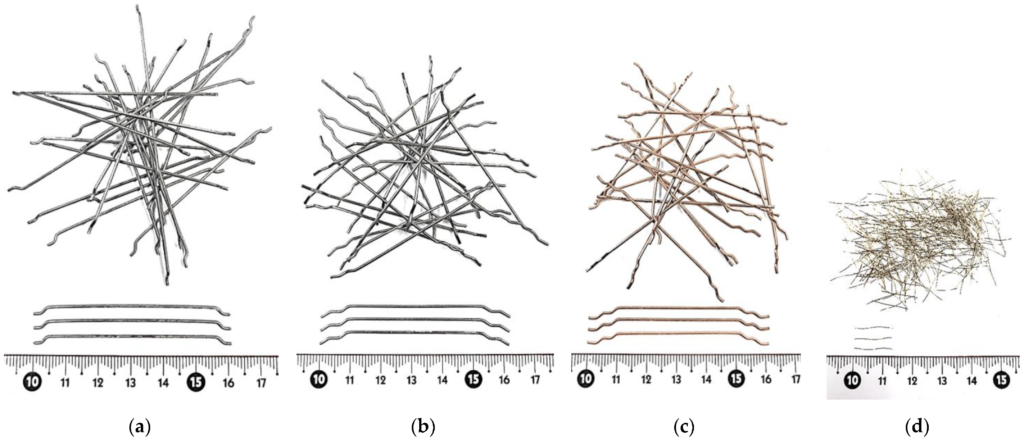In this article, we will delve into the properties and applications of high specific strength steel, and explore why it is the future of strong and lightweight construction.
What is High Specific Strength Steel?
High specific strength steel is a type of steel alloy that has a high strength-to-weight ratio, meaning it has a high strength compared to its weight. This is achieved by combining various elements such as carbon, manganese, silicon, and chromium, which enhance the steel’s strength and durability while maintaining a low weight.
High specific strength steel has a yield strength of over 450 MPa and a density of less than 7.9 g/cm3, making it one of the strongest and lightest materials available.
Properties of High Specific Strength Steel
High specific strength steel has several properties that make it an ideal choice for various applications. Some of its key properties include:
- High strength-to-weight ratio: This makes it an excellent material for structures that require both strength and lightness, such as aircraft and automotive parts.
- High ductility: It can withstand significant deformation without breaking, making it suitable for applications that require flexibility.
- Corrosion resistance: Many high specific strength sheets of steel are resistant to corrosion, extending their lifespan and reducing maintenance costs.
- Low thermal conductivity: This makes it an ideal material for structures that are exposed to high temperatures.

Applications of High Specific Strength Steel
High specific strength steel has a wide range of applications across various industries, including:
- Aerospace: It is used in aircraft structures, engine components, and other critical components that require both strength and lightness.
- Automotive: It is used in car bodies, engine mounts, and other parts that require high strength and low weight.
- Construction: High specific strength steel is used in building structures, such as skyscrapers and bridges, where strength and durability are crucial.
- Energy: It is used in wind turbines, oil and gas platforms, and other energy-related applications that require high strength and low weight.
Benefits of High Specific Strength Steel
The benefits of high specific strength steel are numerous, including:
- Reduced weight: It is significantly lighter than traditional steel, reducing the overall weight of structures and components.
- Increased strength: It has a higher strength-to-weight ratio, making it an ideal material for structures that require both strength and lightness.
- Cost savings: Using high specific strength steel can reduce material costs and maintenance costs over the lifespan of a structure.
- Improved sustainability: By reducing the weight of structures and components, high specific strength steel can help minimize energy consumption and carbon emissions.
Examples of High Specific Strength Steel in Use
High specific strength steel is already being used in various applications across the globe. Some examples include:
- The Burj Khalifa in Dubai uses high specific strength steel in its structural components to achieve a record height of 828 meters.
- The Airbus A380 uses high specific strength steel in its wings and fuselage to reduce weight and improve fuel efficiency.
- The Boeing 787 Dreamliner, uses high specific strength steel in its fuselage and wings to reduce weight and improve fuel efficiency.
Conclusion
High specific strength steel is the future of strong and lightweight construction. Its unique properties make it an ideal material for a wide range of applications, from aerospace and automotive to construction and energy.
With its ability to reduce weight, increase strength, and decrease costs, high specific strength steel is set to revolutionize the way we build structures and components. As the demand for sustainable and efficient construction methods continues to grow, the use of high specific strength steel is sure to become even more widespread.